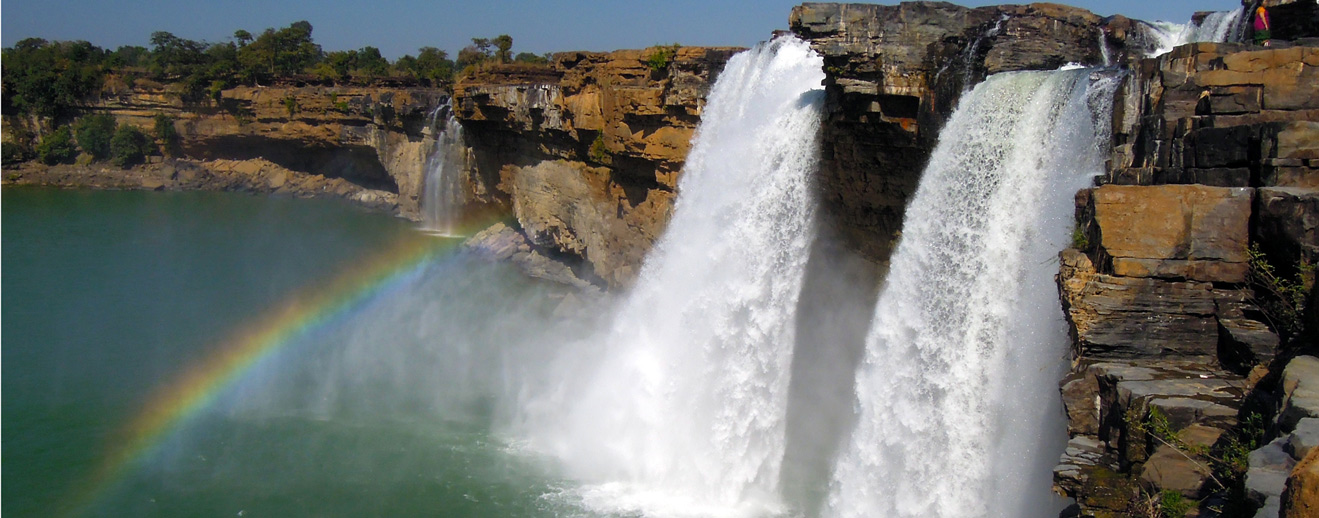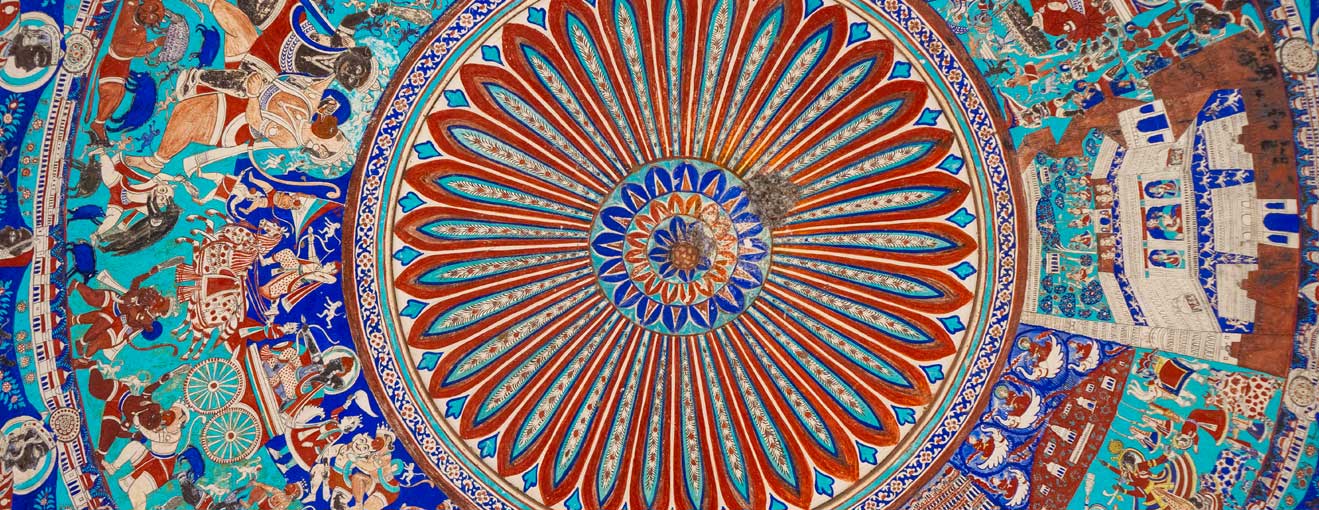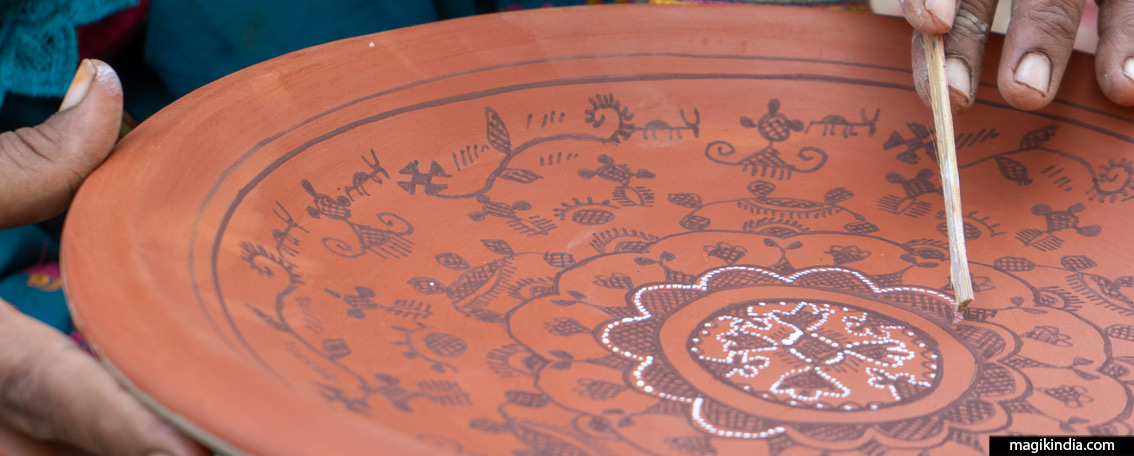
Alappuzha (Alleppey) and its romantic backwaters
Tucked between the Laccadive Sea and a network of interconnected rivers and lagoons, Alappuzha (Alleppey) offers a picturesque waterside spectacle of palm groves, luxuriant rice fields, kingfishers darting over the water and cormorants lazily stretching their wings, fishermen repairing nets outside their doors and laundry women busy at their task.
The Backwaters of Alleppey
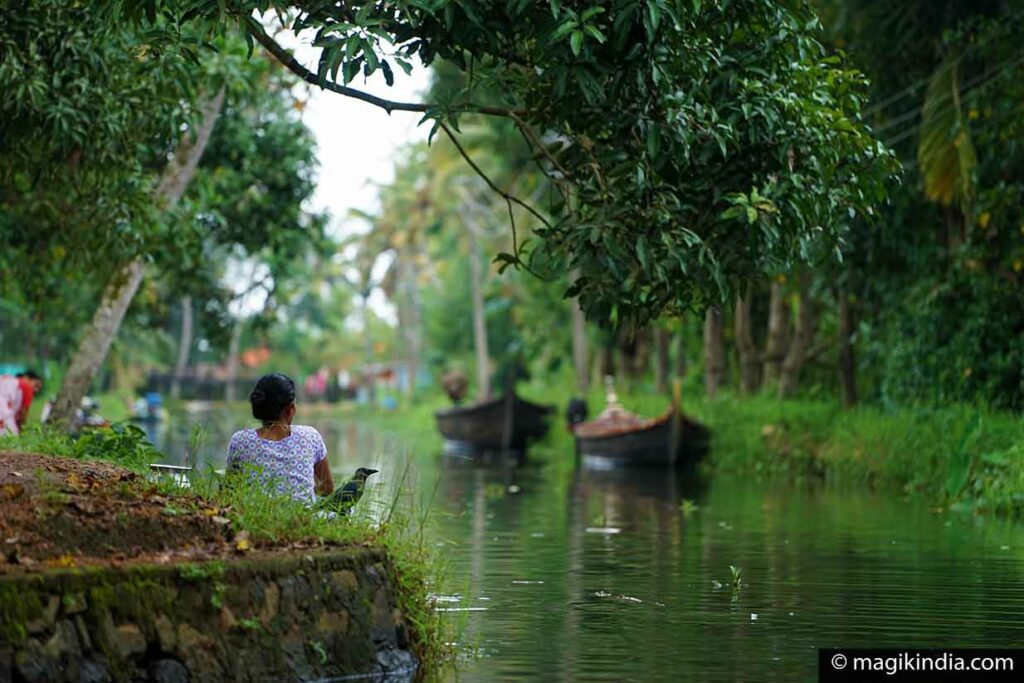
The town of Alappuzha itself is not without charm: some interesting Hindu temples with pagoda-like architecture and an active town center dotted with banana chip vendors who, through a well-honed technique, attract passers-by to their shops.
But, Alleppey is best known as the capital of the “backwaters”, the largest of Kerala. Boating is the big thing here.
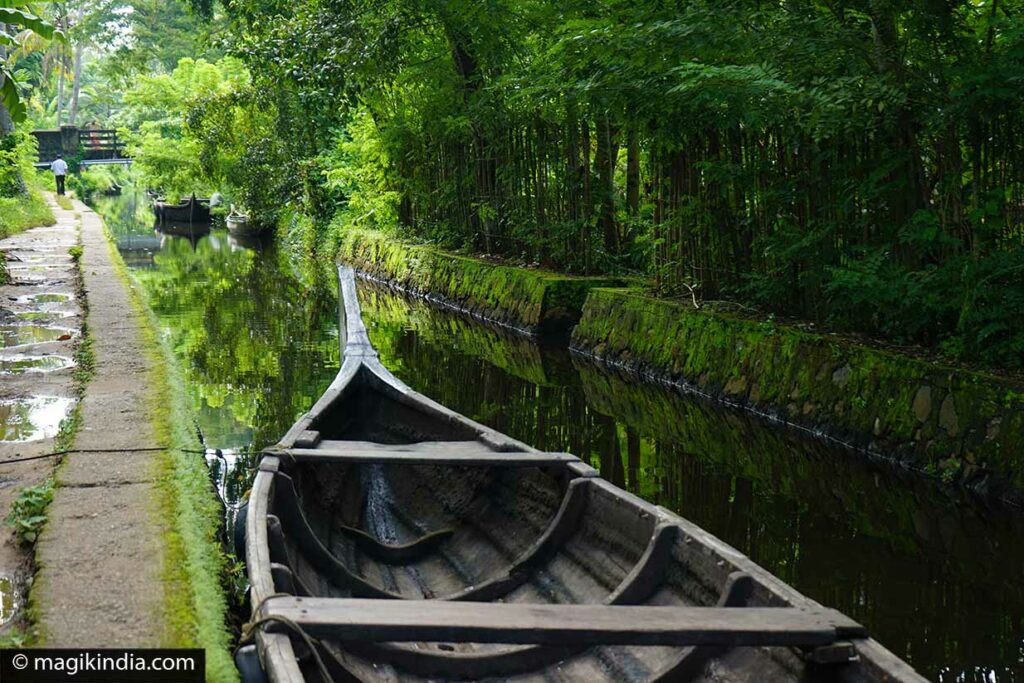
[The making of Aleppey’s banana chips]
The backwaters are part of the typical landscapes of Kerala. They are a series of lagoons and brackish water lakes parallel to the Arabian Sea. Connected by canals dug by the inhabitants, the lagoons form an important goods transport network for the local economy, but above all are one of the main tourist attractions of Kerala.
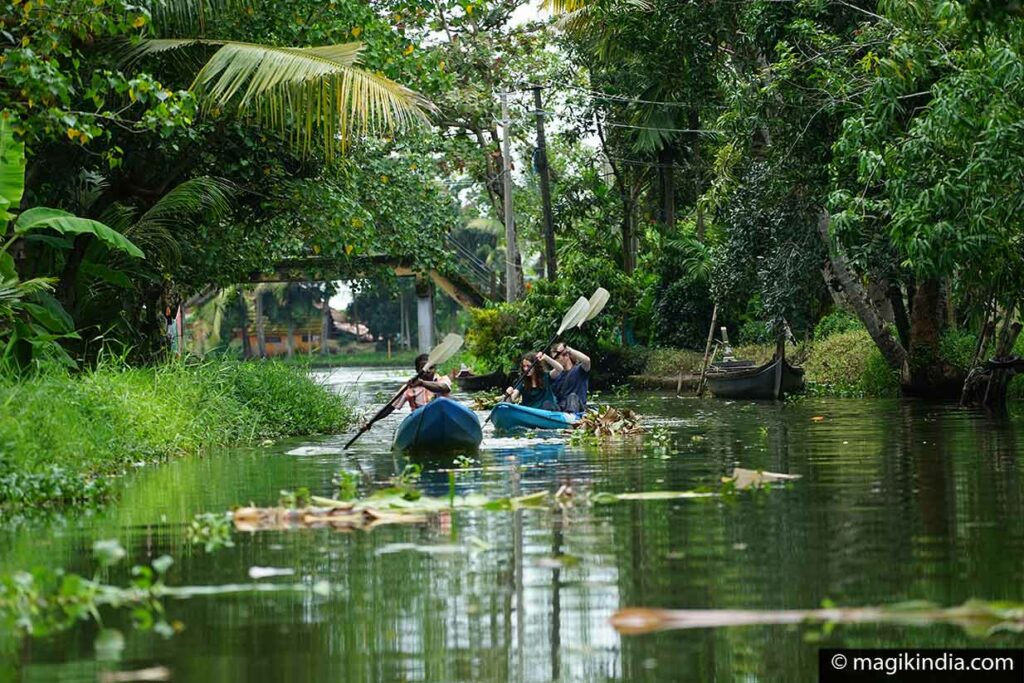
Touring the backwaters in a traditional canoe or, if you’re the sporty type, a kayak, you can reach the most out-of-the-way parts of the waterway network, close to nature and the life of the villages along the banks
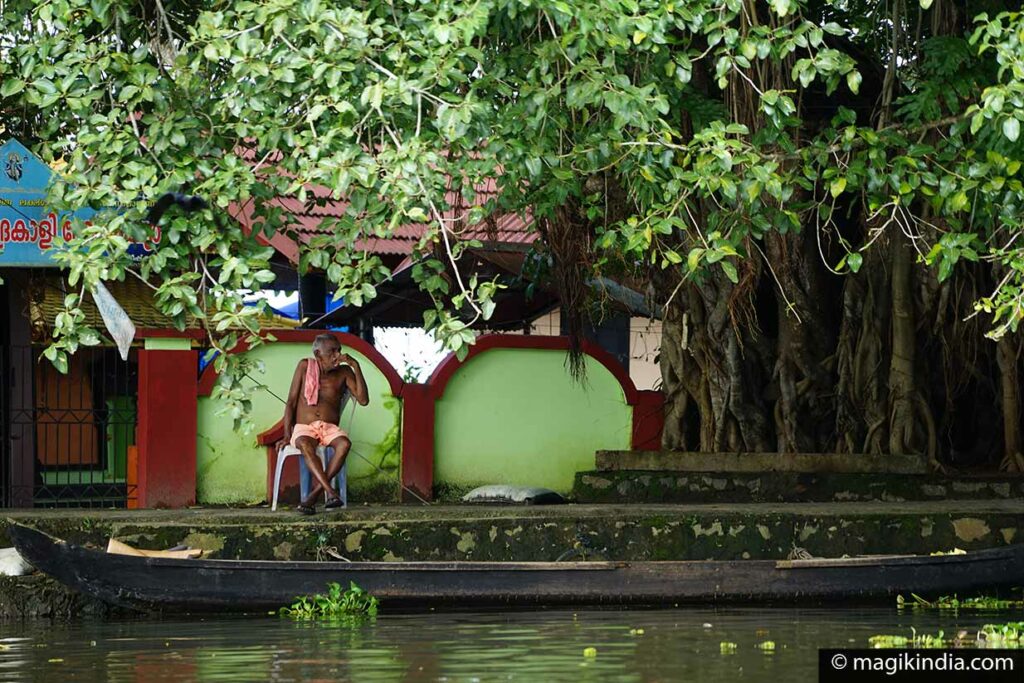
Kettuvallom Houseboats
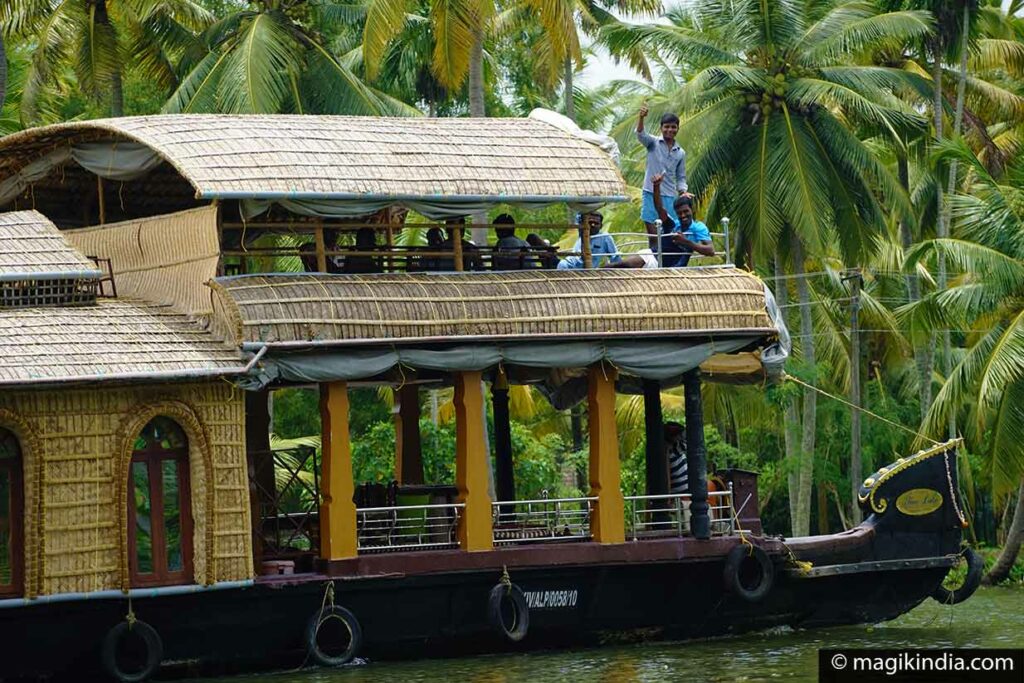
The more romantically inclined will opt for a trip on one of the famous house-boats or kettuvalloms (literally “rice boats”), made from eco-friendly materials such as bamboo and coconut fibre. Kettuvalloms were once used for transporting goods to isolated villages.
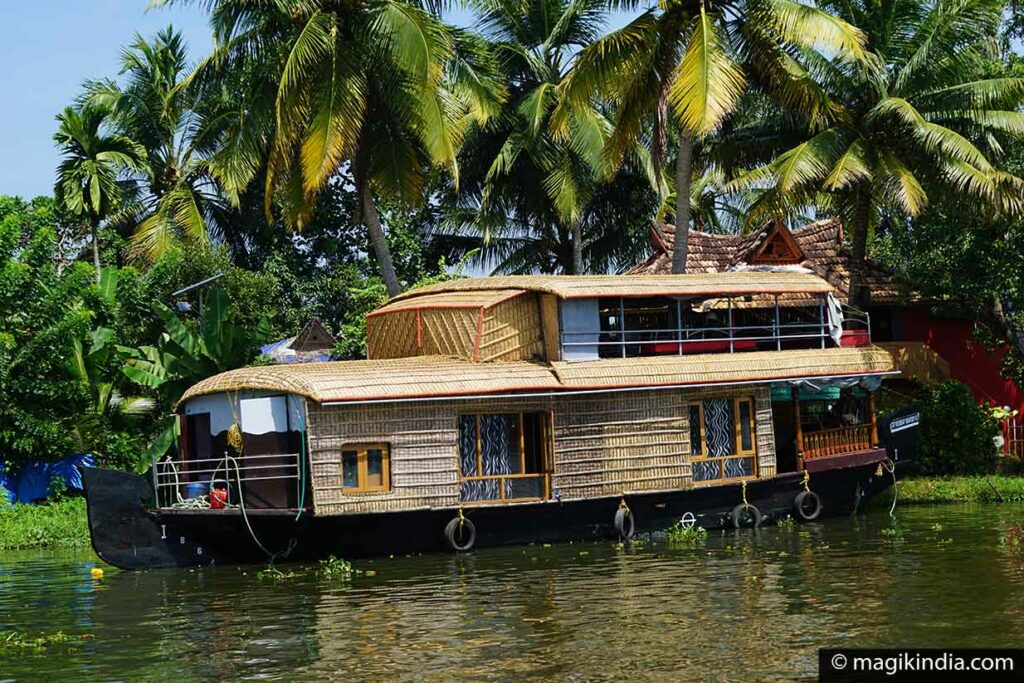
Once roads were built and ferries introduced these elegant barges lost their goods transport function and were gradually converted into floating hotels. A kettuvallom trip is a wonderful way to explore the beauty of the backwaters in comfort, with a cosy bedroom and delicious meals.
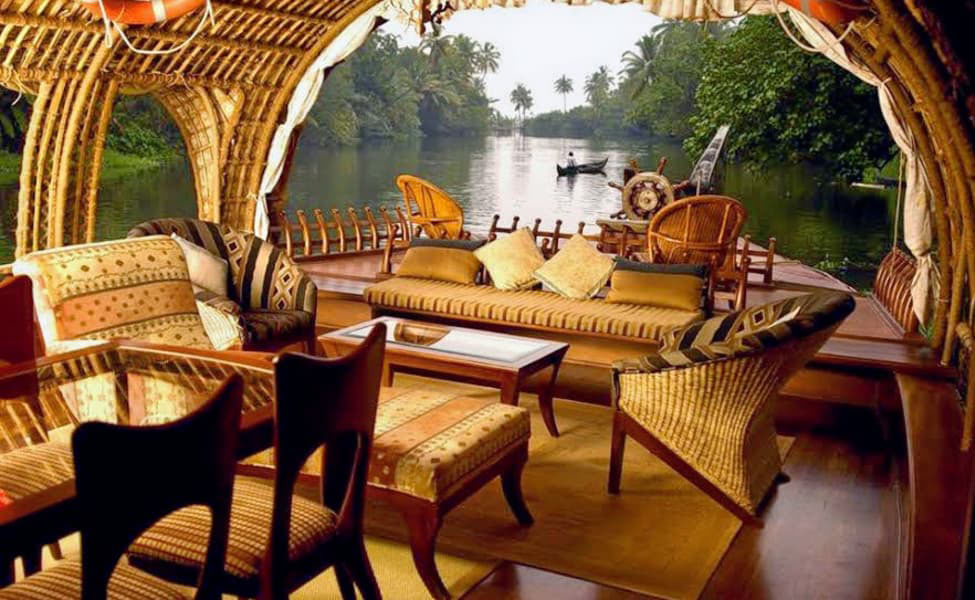
To see also in Alappuzha
Chavara Bhavan Church
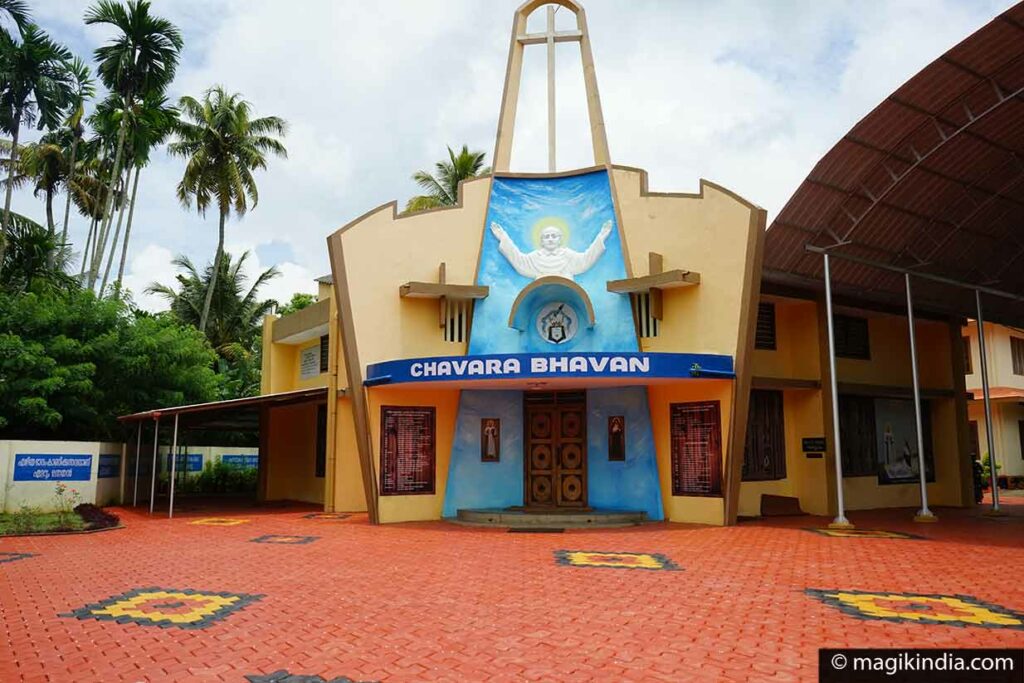
This peaceful sanctuary, lost among the Kerala backwaters and reachable only by boat, was created by a Catholic priest, Father Kuriakose Elias Chavara, a social reformer who played a major role in educating the poor.
He was canonised by Jean-Paul II in 1986. The hut where he preached can still be seen, and there is a small church.

Alappuzha and Marari Beaches
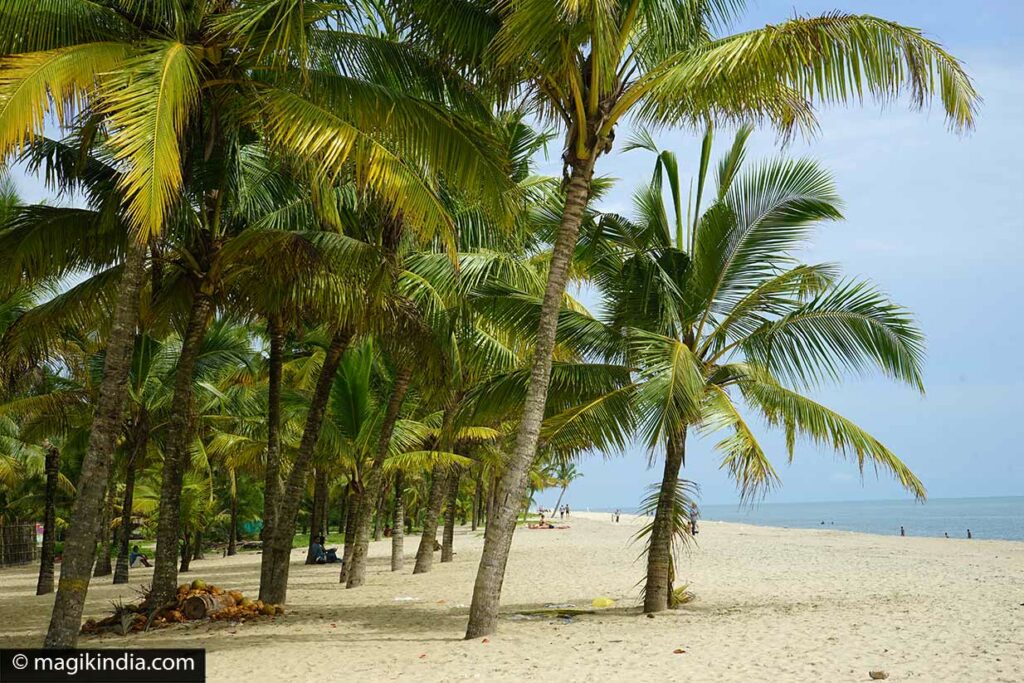
Alappuzha Beach is a fairly ordinary family beach, but Marari Beach, some 20km from Alleppey, is an absolute dream of a tropical holiday postcard spot with fine sand, palm trees, lagoons, turquoise sea and all. Perfect. To be missed on no account.
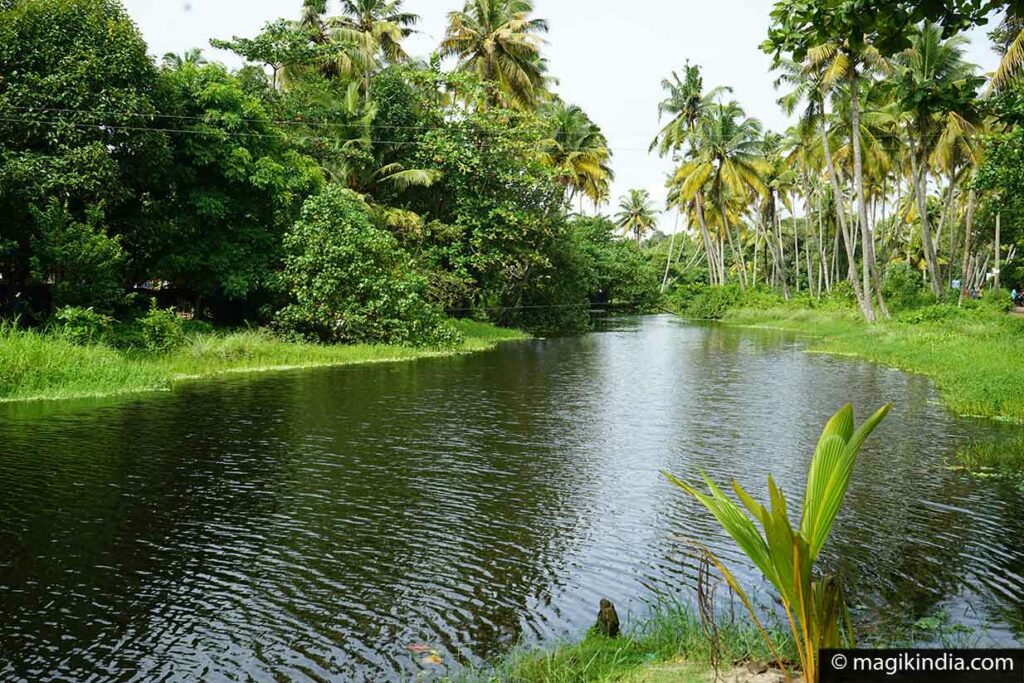
Amritapuri Ashram (60km)
Amritapuri, “place of immortality”, is the birthplace of Sri Mata Amritanandamayi Devi, better known as Amma (Mother) and considered a spiritual guide and saint not only in India but in many countries around the world.

The ashram began as two simple huts beside Amma’s family’s home, and officially became an ashram in 1981. It is now home to over 3000 spiritual seekers from all over the world and the headquarters of Amma’s NGO, the Mata Amritanandamayi Math (MAM).
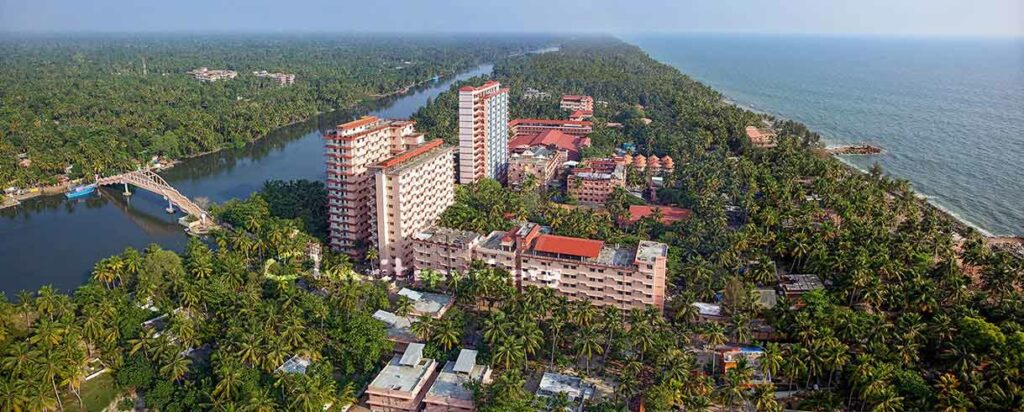
As a small child, possessed of an immense love of humanity, Amma wanted to help all the suffering people she met: she gave them food, care and clothing and began to console them with hugs. She has been hugging people like a loving mother ever since. A hug from her is considered darshan, an auspicious glimpse of a saint. She is said to have hugged 34 million people around the world to date.
She also tours the world spreading her message of love and tolerance.

The NGO she founded, Embracing The World, is now a vast network of charities including orphanages, dispensaries, hospitals, social services, schools, training centres, micro-credit programmes, ecological projects and more. ETW also has Special Consultancy status at the UN as an organisation with expertise in emergency relief.
The best way to get to the ashram is by ferry across the backwaters.

Festivals not to miss
Nehru Trophy Boat Race
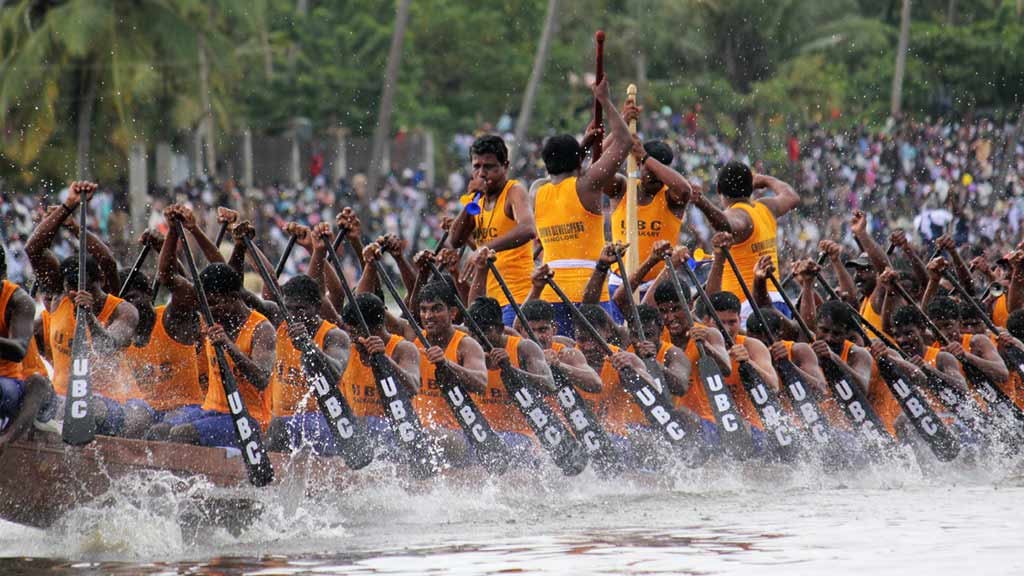
The Nehru Trophy Boat Race named after Pandit Jawaharlal Nehru is conducted on the Punnamda Lake, near Alappuzha, on the second Saturday of August every year. On the day of this fiercely fought boat race, the tranquil lake front is transformed into a sea of humanity with an estimated two lakh people, including tourists from abroad for watching it. For the people of each village in Kuttanad, a victory at this race for their village boat is something to be celebrated for months to come.
The boats used are called chundan vallams or “snake-boats”. The long, 100–120ft canoes, made from a wood known locally as aanjili thadi, are manned by about a hundred men who row to the rhythm of the vanchipattu, the boatmen’s song. Don’t miss this race if you’re in the area at that time of year.
+ KNOW MORE ABOUT THE SNAKE-BOATS
Neelamperoor Pooram Padayani
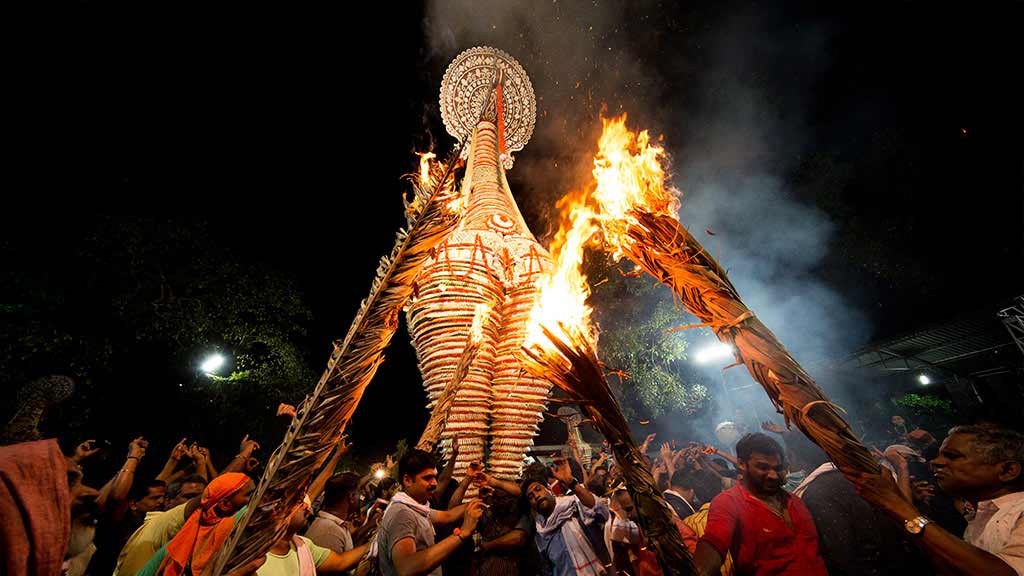
Neelamperoor Pooram Padayani is one of the famous festivals celebrated in the Indian state of Kerala. This festival is hosted at the Neelamperoor Pally Bhagavathi Temple which is situated in a village known as Kuttanadtaluk in the district named Alappuzha in Kerala. The main divinity of this 1700 year old temple is Goddess Vanadurgaalso known as Maa Kali.
A parade known as Padayani is one of the main celebration during the festival. This march symbolizes Goddess Kali’svictory over Darika. The parade begins as the village people gather with few dry leaves of coconut lighted, known as choottu. They move ahead raising the choottu blissfully.
Chettikulangara Bharati

It is held is in the month of March or April, the date being determined according to the Malayalam Calendar. The festival is under consideration to be bestowed with the Intangible Cultural Heritage status by UNESCO.
What makes the festival stand out among the other festivals of Kerala is a spectacular event called Kettukazhcha, a ceremonious procession of brightly decorated structures.

